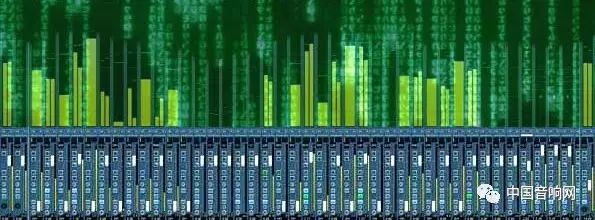
A recording studio is also called a recording studio, which, as the name suggests, is a place for recording. It therefore has to meet the vocal conditions required by the environment used for recording. The environment of the recording plays a crucial role in the quality of the recording. In fact, all aspects of the recording determine the quality, and the environment is particularly important. Because the environment is related to the sound produced by the sound source itself, if the environment is not good, no matter how good the equipment is, it is futile. There are many types of recording studios, and different types of recording studios have different performances. Generally, we are used to distinguishing recording studios by the characteristics of the sound field. In this way, there are generally several types of recording studios: natural reverberation studios, strong sound absorption studios (also called silent studios) and active-silent studios (also called LEDE studios). In this article, let’s get to know the recording studio.
A natural reverberation studio is also called a music recording studio. As the name suggests, it requires a huge volume and can generate reverb on its own. Therefore, the characteristics of natural reverberation studios are large in size, irregular in shape, and low in background noise, which can produce the reverberation time and frequency response characteristics required by music. That is, it is an acoustic space close to a diffuse sound field. In a sense, a natural reverberation studio is actually an empty large concert hall.
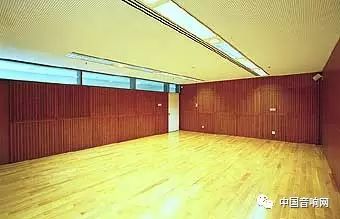
natural reverb booth
Therefore, the sound recorded in the natural reverberation studio is the closest to the real performance. So sometimes, in order to record real effects, many other occasions are often used as recording studios, such as churches.
Of course, a recording studio is a place dedicated to recording, not a dedicated concert hall, so it is not designed to make the audience hear the best sound like a concert hall, but to consider the recording effect. Generally speaking, natural reverberation studios are built to record the performance of large-scale bands such as orchestras, and are generally larger in size. Some even exceed 5,000 cubic meters.
Just having a volume is not enough. We know that in a space with a large volume, the reverberation must be very large. Everyone probably knows that in a big house, if the walls are bare, what is the movement when you yell, hehe. Therefore, some acoustic processing must be carried out in the recording studio, so that the reverberation time can be controlled within a certain degree, and the phenomenon of indoor saturation can be avoided. The so-called indoor saturation means that the sound pressure level in the studio is too high, so that the sound will explode. In fact, if you do not rely on sound absorption and other means, but only rely on the volume of the room, then to record a symphony orchestra, in theory, the volume of the recording studio should exceed 10,000 cubic meters. Of course, such a huge recording studio is very impractical. Therefore, the so-called “natural reverberation” studio is not completely natural, but the reverberation time is controlled by the interior acoustic decoration. Generally speaking, the reverberation time of today’s large studios does not exceed 1.7 seconds, and some are even shorter.
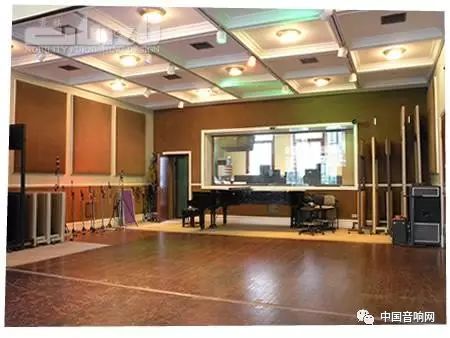
Recording studio walls are generally sound-absorbing
At present, almost all large recording studios have adjustable acoustic characteristics, also known as multi-functional studios. In such a studio, the reverberation time is adjustable. Generally, it is equipped with sound insulation screens, hanging reflective surfaces, hooks for sound-absorbing panels and other facilities. By hanging reflective panels, sound-absorbing panels and placing sound-proof screens, the acoustic environment parameters in the shed can be changed. In this way, the volume of the shed can be constructed unnecessarily.
In fact, the so-called natural reverberation studio mentioned above has gradually lost its meaning today. Because, a long time ago, the sound field of the recording was given by the recording studio. Now, the sound field, reverberation time and other attributes of the sound can be given by the computer. In this way, as long as we record the dry sound of the sound, the rest is left to the computer to do. So there is no need for reverb in the studio itself. Therefore, the most common recording studio now is the silent studio. That is, a strong sound-absorbing booth.
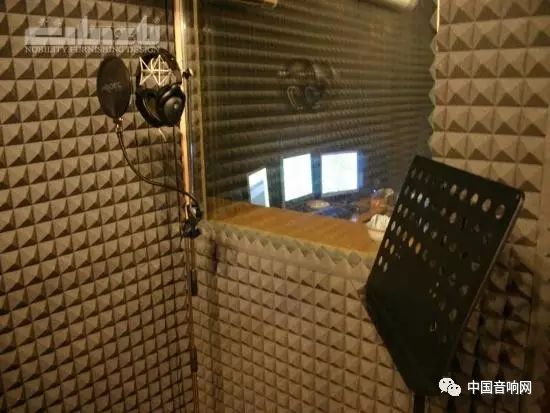
Small recording studios are made into strong sound-absorbing studios
The so-called strong sound absorption, that is, the reverberation time is very short, almost no. Generally, in such a studio, the reverberation time of 2000 cubic meters does not exceed 0.6 seconds, or even less. If it is a small recording studio, or even a home recording studio of more than ten square meters, there is no way to talk about the reverberation time. Because the reverberation of the studio itself is completely meaningless, everything about the sound field is produced by the computer in post-production, and the studio itself is no longer needed. The role of the recording studio is only sound absorption and sound insulation.
In fact, every recording studio in a personal studio is now a strong sound-absorbing studio. Its function is sound absorption and sound insulation. Sound absorption means that the room does not reflect reflections, and only the dry sound is recorded. The sound insulation is to separate it from the outside world, so that the sound of the outside world is not allowed to enter the shed. In this way, what we recorded is pure “dry sound”, and after that, everything is done with the computer. But such sheds are limited to individual studios. If you want to record a symphony orchestra in real time, that man studio is not enough. Still need a large studio with reverb time to do it.
In actual recording, there are often many difficult problems, such as crosstalk, some instruments are loud and some are very small. In the studio, there will be problems of uneven sound and crosstalk. For example, the sound of gongs and drums may be strung into all the microphones in the studio. The sound of a violin is very unpleasant if there is too little reverberation, and it is not good if the reverberation of the brass is too much. Therefore, a more user-friendly recording studio is an active-silent studio, also called an LEDE studio. This kind of recording studio makes the reverberation time in the same studio different by means of architectural design and acoustic decoration design. One section is reverberant, while the other is heavily absorbing. In this way, the recording engineer can arrange different instruments in suitable positions according to their needs to achieve the best effect.
In addition, LEDE sheds often have isolated cells. Such as piano room, drum room, etc. In this way, some instruments that are prone to crosstalk can be recorded in the isolation room, so that there will be no crosstalk.
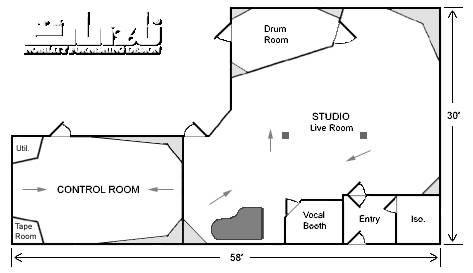
LEDE Shed with Isolation Room

piano room
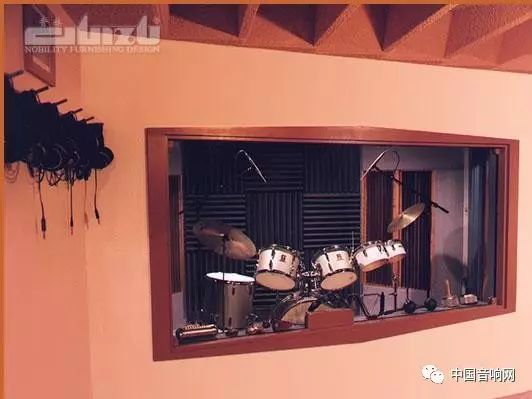
tympanum
Regarding the recording studio, we will briefly introduce these. In fact, for a personal studio, all of the above are useless, because often we can only spare a small room of ten square meters or even less than ten square meters for a recording studio. And such a recording studio can only be used as a strong sound-absorbing studio. Just do sound insulation and sound absorption. One is to keep outside sounds from coming in, and the other is to try to keep the reflections in the room as little as possible. Nothing else, really. Ha ha.
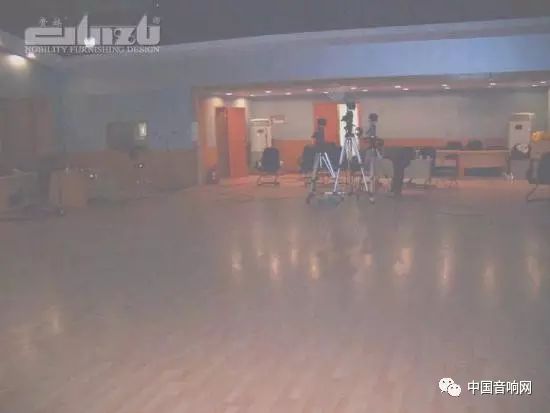
Recording studio
In addition to the recording studio, the recording engineer’s room – the control room is also very important. Often the control room is also where the mix takes place. Of course, there are also many studios with dedicated mixing rooms. The environment of the control room directly affects the accuracy of monitoring. Generally speaking, the control room must meet the following conditions:
1. The reverberation time in the control room should be as short as possible, generally between 0.25-0.40.
2. The acoustic environment should be symmetrical.
3. The frequency at the monitoring position should be flat accordingly.
For a long time, the front end of the control room was active and the back end was silent. We know that there is generally a glass observation window between the recording studio and the control room. There are many large recording studios, and the observation windows are very large. The glass itself reflects sound, and so does the ground. Therefore, people put a lot of sound-absorbing materials in the back area to absorb sound. In this way, the recording engineer is basically sitting in the “quiet zone” to monitor. However, it was later found that in this acoustic environment, the sound emitted by the monitor speakers will produce a short-delayed pre-reflection sound due to the reflection of various reflective surfaces at the front of the control room, which will interfere with the The sound at the monitoring position, thereby generating a comb filter at the monitoring position, affects the monitoring accuracy. Also, excessive sound absorption and lack of reverberation at the monitoring position can make monitoring inaccurate.
Therefore, the control room is usually the front end with strong sound absorption, that is, the front end is silent, and the rear end is active LEDE control room. Generally, the front area of the control room, that is, the end where the monitor speakers are placed, should be arranged with sound-absorbing materials as much as possible, so that the sound from the monitor speakers can reach the ears of the recording engineer without any short-delay reflection sound. On the other hand, the rear end is just the opposite. It is necessary to set up a reflective surface and make it a sound diffuser.
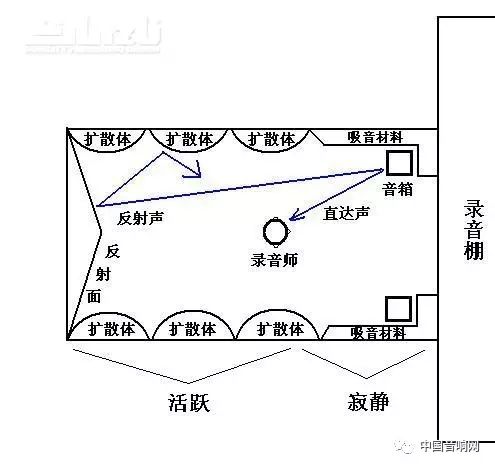
LEDE control room
The benefits of such a control room are many. First of all, in such a monitoring environment, the time interval between the direct sound and the early reflected sound is large, so the sound curve heard by the recording engineer has a high peak-to-valley density and a narrow width. Generally, it should be less than 1/6 at around 500Hz. The octave should reach 1/12 octave at around 1000Hz, which is smaller than the width that the human ear can distinguish, so it can be regarded as a relatively flat frequency response. That is, in this monitoring environment, the generation of comb filtering can be avoided.
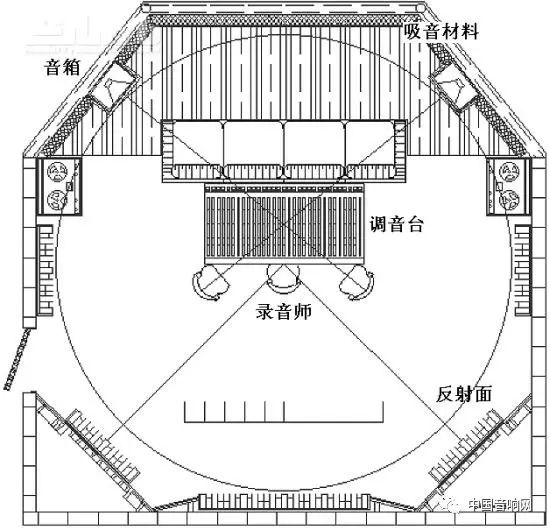
Another form of LEDE control room
Secondly, because the rear end of the control room has a diffuse reflection surface, the control room with a relatively small volume can also obtain the same effect as a large room. Moreover, because the monitor speakers are oriented towards the active area, the sound energy of the reverberation is fully utilized, avoiding the problems of sound coloration, flutter echoes, etc. caused by the small size of the control room. Since the reflected sound in the early stage of such a controller is all within the Haas effect area, the positioning of the sound image is also relatively accurate.
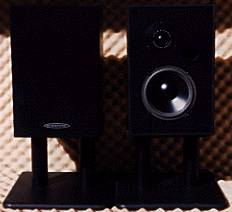
Sound-absorbing material behind the monitor speakers

Sound absorbing behind the monitor speakers
This article mainly discusses some common sense about recording studios and control rooms. It is true that for many individual studios and amateurs, it is not practical to build a professional recording studio and control room. Often we just use our bedroom, study, and even the recording and control room in one room. This is very common. Therefore, we can’t completely use professional standards to ask amateurs, but we still need to understand these basic basic knowledge, so that we can understand why the recording and mixing effect of making music at home is always bad. And try to improve your own acoustic environment. Because whether it’s a recording studio or a control room, the acoustic environment is critical. Even if you don’t record and only make music, the room matters!

